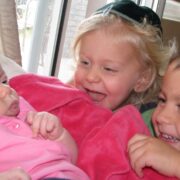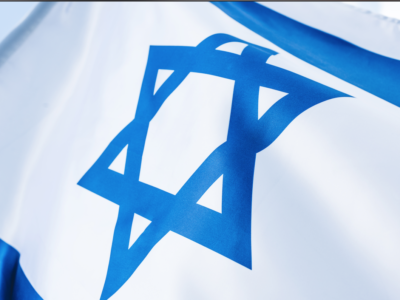By Rabbi-Cantor Cheri Weiss
There are two primary modes of Jewish prayer. The first is known as Keva, which comes from the Hebrew word meaning “fixed.” In this structured and repetitive form of prayer, the liturgical guidelines set out by rabbis of previous generation are strictly followed. Prayer is said at specific times of the day using words written in the prayerbooks (sidurim) and precise choreography, such as bowing as we recite certain prayers.
Prayer rooted in Keva allows a group of people to pray together as a community with a common liturgy. There may be power and comfort in the shared experience, in knowing that everyone else is chanting aloud (or quietly murmuring) the exact same words as you are. The downside is that formulaic praying (sometimes on auto-pilot) may lead to boredom and perhaps a feeling a lack of personal connection to God.
The second mode of prayer is known as Kavanah, which in Hebrew means “intention.” This mode of prayer is rooted in spontaneity and individual expression and does not rely on a specific prayerbook. It encourages the individual to reach inward and speak to God using words that come from his or her own heart whenever the need or desire arises
Prayer based in Kavanah is completely personal and without rules. It may not even feel like prayer, rather more like a conversation with God. This can be done anywhere: at a park or beach, driving to work, in bed after a challenging day, anywhere! This mode of prayer is every bit as valid as that based in Keva. All of us can speak to God at any time. One drawback, however, is the lack of shared energy and inspiration that one can draw from reciting traditional prayers together in community.
Prayer in the Kavanah mode has become much more prevalent in recent decades, especially as many Jews continue to move away from the strict liturgical guidelines that denominational Judaism emphasizes. Many innovative congregations write their own prayerbooks, which are rooted in traditional Jewish liturgy and may also include secular or Jewish poetry, essays and songs. Others offer creative approaches to prayer that incorporate some elements of traditional liturgy with personal meditation and reflection. Even traditional congregations will often encourage their congregants to look beyond the fixed liturgy to pray with words that feel more authentic, particularly during moments of silent or private prayer.
As we approach the High Holy Days, my hope is that you will take this opportunity to reach out in prayer to the Holy One, however you connect with the Divine. While the current pandemic still weighs on us so heavily, it would be easy to ignore our Jewish traditions this year and just go about our daily business. Yet our current health crisis also represents an opportunity for us to connect with God and one another, either in person or online. Our communal worship during these Days of Awe can provide us the opportunity to derive comfort and to bring comfort and a sense of belonging to others.
Shana Tovah.







Comments